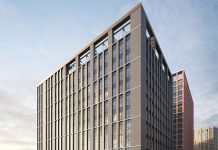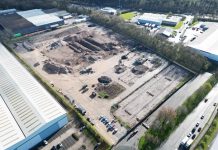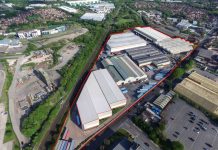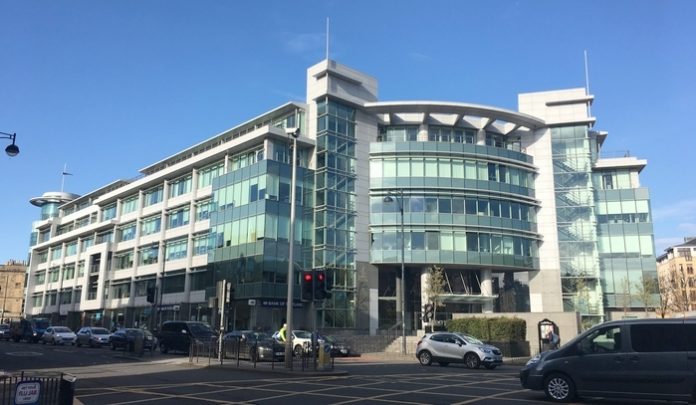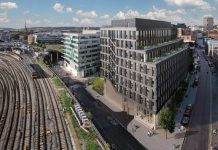The return of UK funds and Glasgow’s best year for offices in more than a decade saw levels of investment in Scottish commercial property outperform the five-year average, according to analysis from Knight Frank.
More than £2.5 billion was invested in commercial property – including offices, retail, industrial and specialist property – in Scotland during a resilient 2018, above the £2.46 billion average since 2014.
UK funds increased their investment by 58% last year, rising from £487 million to £771 million and up 255% on 2016’s low of £217 million. Meanwhile, overseas investors were the most prolific purchasers in Scotland, accounting for £920 million (36.8%) of the overall figure.
Around two-fifths, or £1 billion, was spent on offices across Scotland, with Glasgow, Edinburgh, and Aberdeen taking up the lion’s share (£897 million). Investment in retail dropped from £665 million in 2017 to £550 million last year, mirroring trends seen across the UK.
Investment in Glasgow offices hit its highest level since 2006, at £468 million. This included large deals for the Skypark campus in Finnieston, the forward-funding acquisition of Atlantic Square on the Broomielaw, and Legal & General’s purchase of Atlantic Quay 3 for £50 million.
A lack of available stock saw investors acquire £284 million of offices in Edinburgh – down on 2017’s £411 million. The biggest deal of the year was the £71 million purchase of New Uberior House by MAS Real Estate. Knight Frank advised MAS Real Estate on the acquisition.
The Aberdeen investment market continued its recovery from the oil price drop which began in 2016 with £145 million of investment. However, this was predominantly made up by the £114 million deal for Aker Campus at Dyce.
Alasdair Steele, Head of Scotland Commercial at Knight Frank, said: “It was a solid year for Scotland as we saw UK funds return to the market and overseas investors maintain their high level of interest. The demand for Scottish commercial property has seen prime yields edge towards 4.5%; but Edinburgh and Glasgow, in particular, still offer good value compared to London and some of the UK’s other major cities.
“Compelling supply-demand dynamics mean that Edinburgh is skewed towards landlords, with rental growth expected over the next 12 months. Of course, that’s a double-edged sword and more quality commercial space will be needed to accommodate the new, growing businesses which will ultimately drive economic growth in the city.
“Edinburgh’s lower levels of investment last year are a reflection of where it is in the development cycle after several strong years – quite simply, there was a lack of stock available to purchase, despite strong levels of buyer interest. However, we’re aware of several significant assets being lined up for sale this year, which, all things being equal, could see an uptick in activity in 2019.”
John Rae, Capital Markets Partner and Head of Office at Knight Frank Glasgow, said: “It was a terrific year for investment in Glasgow’s commercial property market – particularly offices. Many of the biggest deals in the city involved overseas buyers, who have become the main drivers of transactions for prime office assets in the city; we’d anticipate that remaining the case for the year ahead.
“With so little new stock coming on to the market over the next 12 months, we’re anticipating rental growth in Glasgow – which is good news for investors. However, like Edinburgh, it’s becoming a difficult market for investors to get into, with yields hardening and a great deal of competition for the best available assets.”

